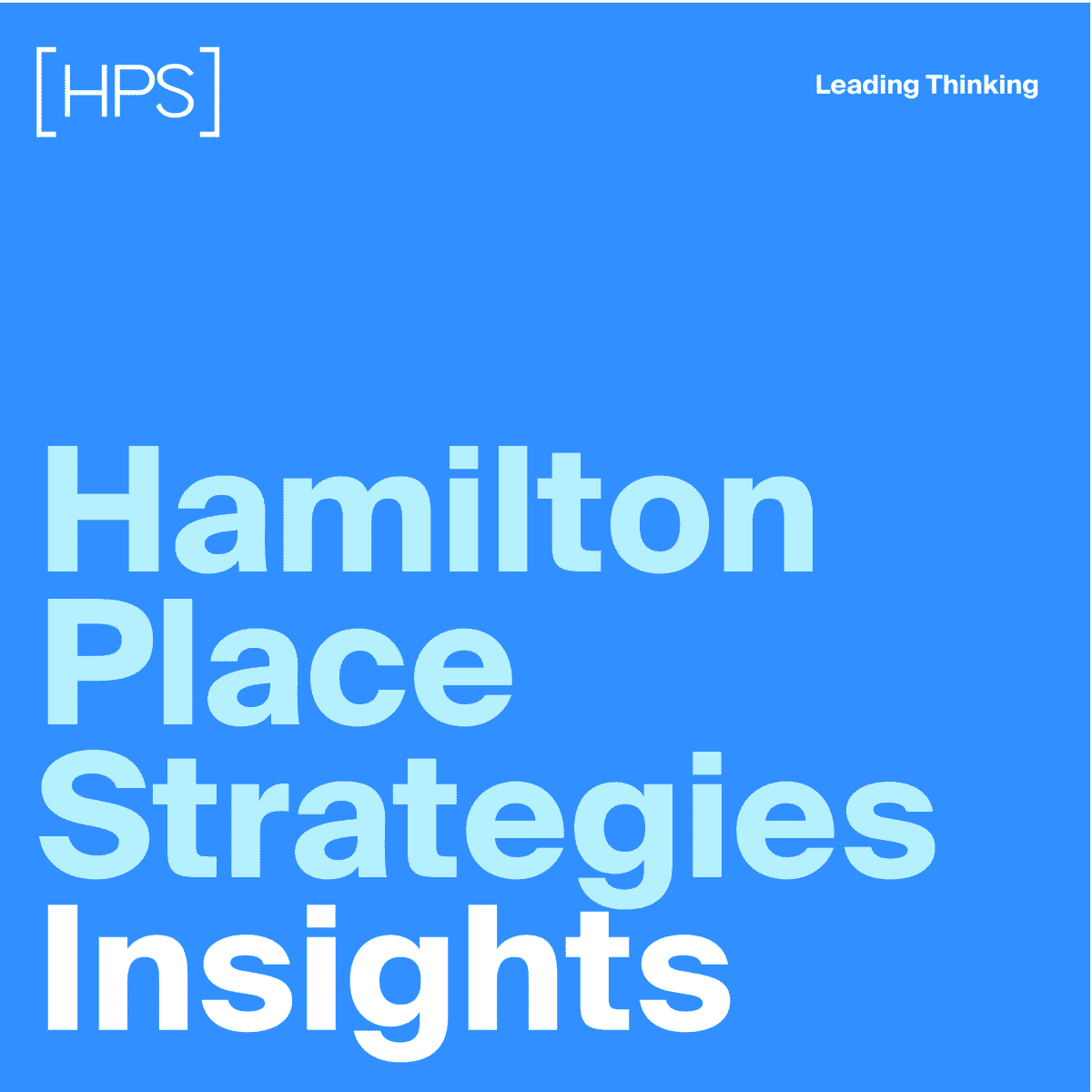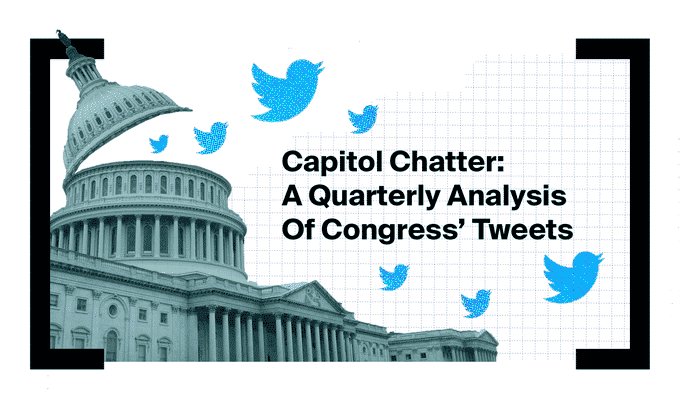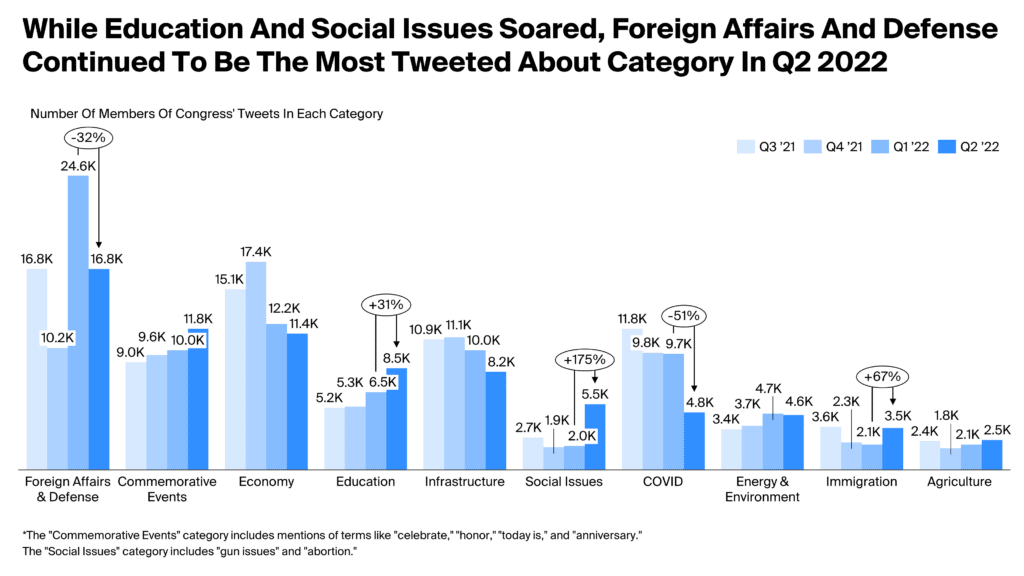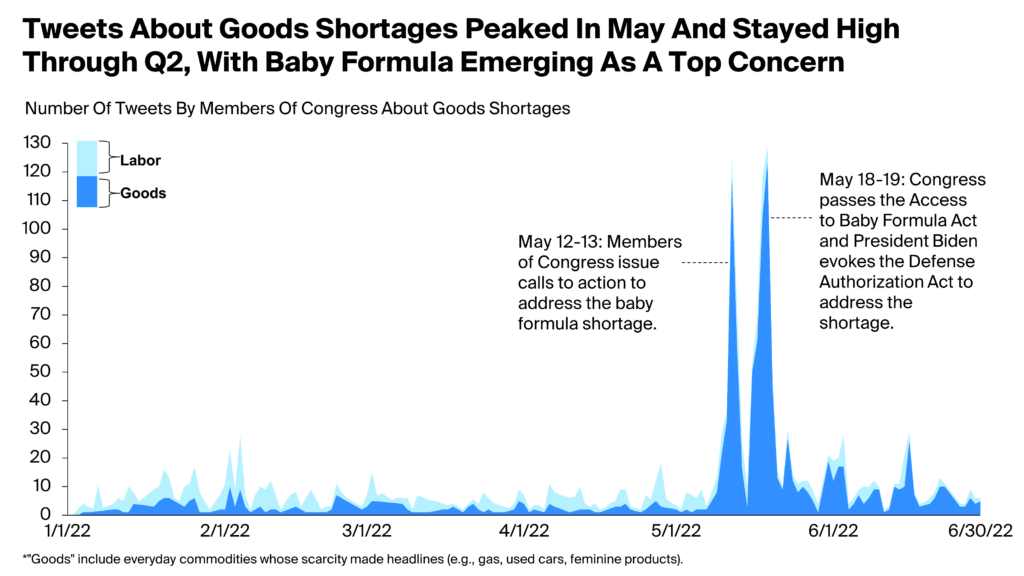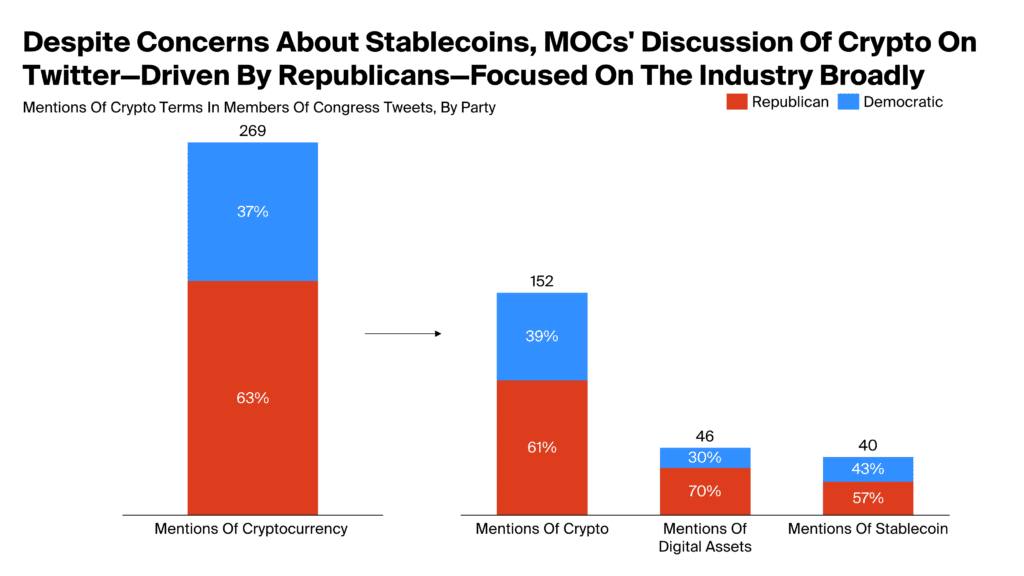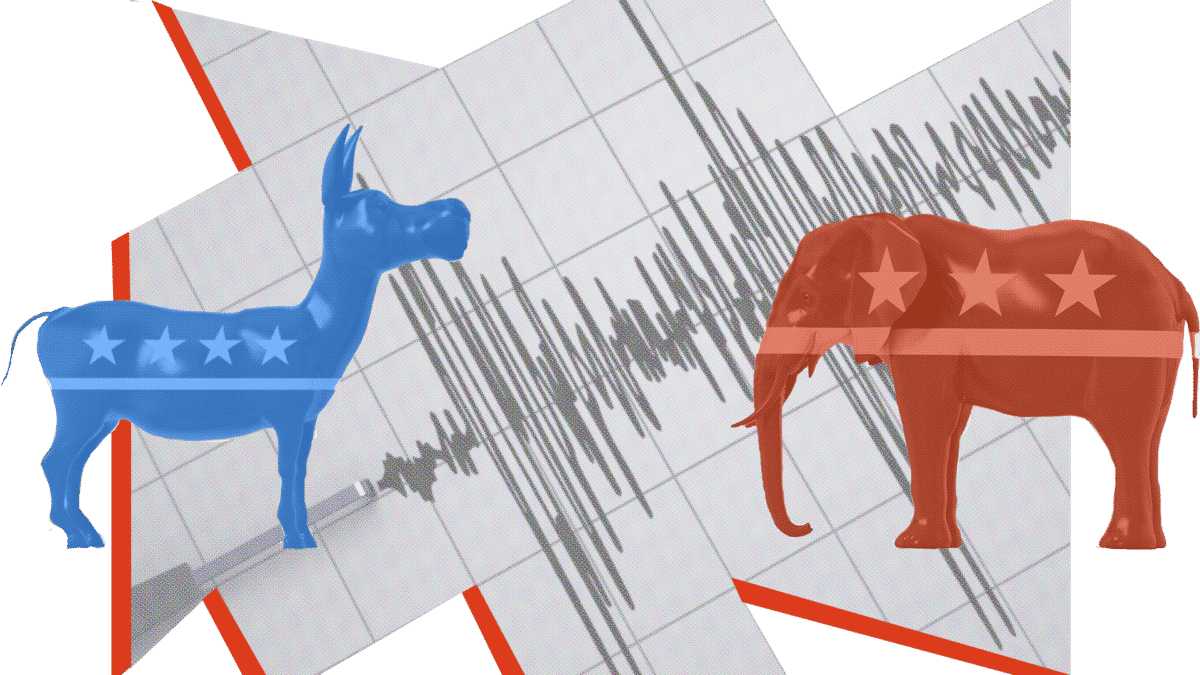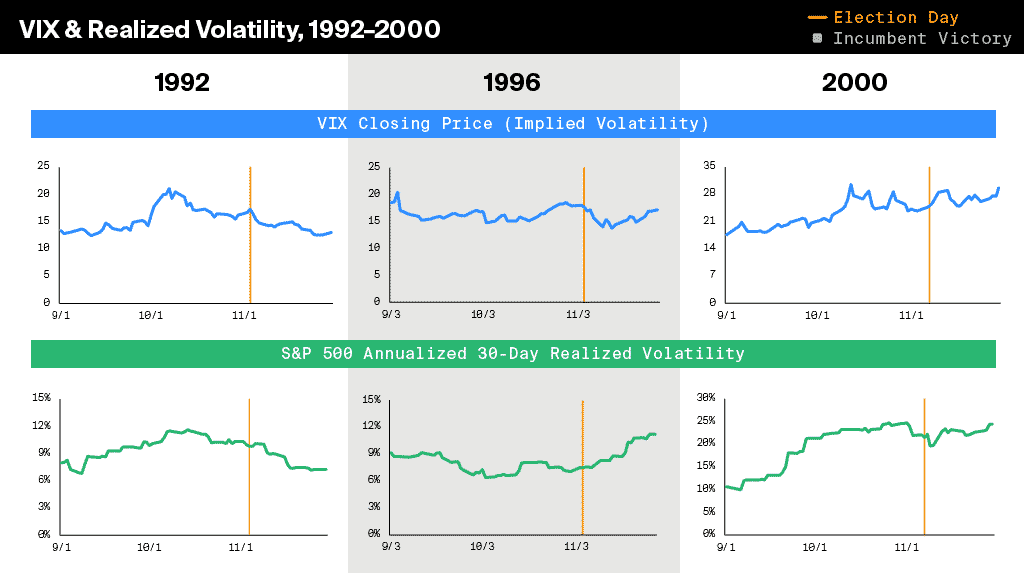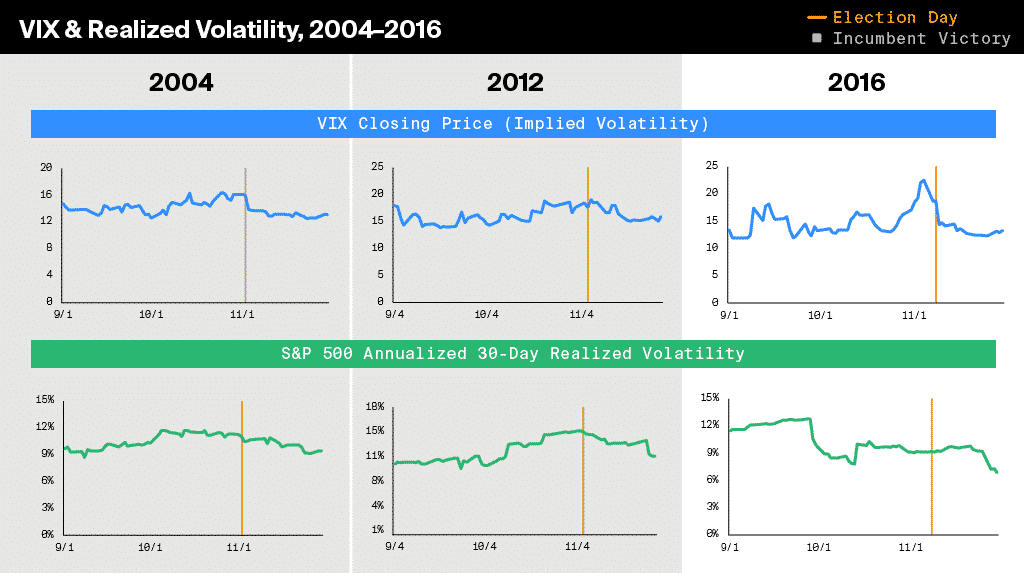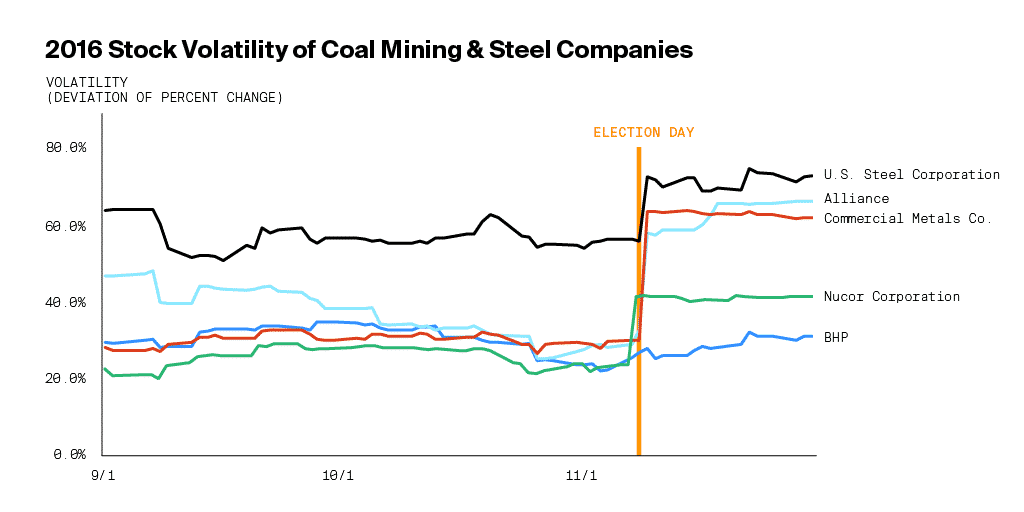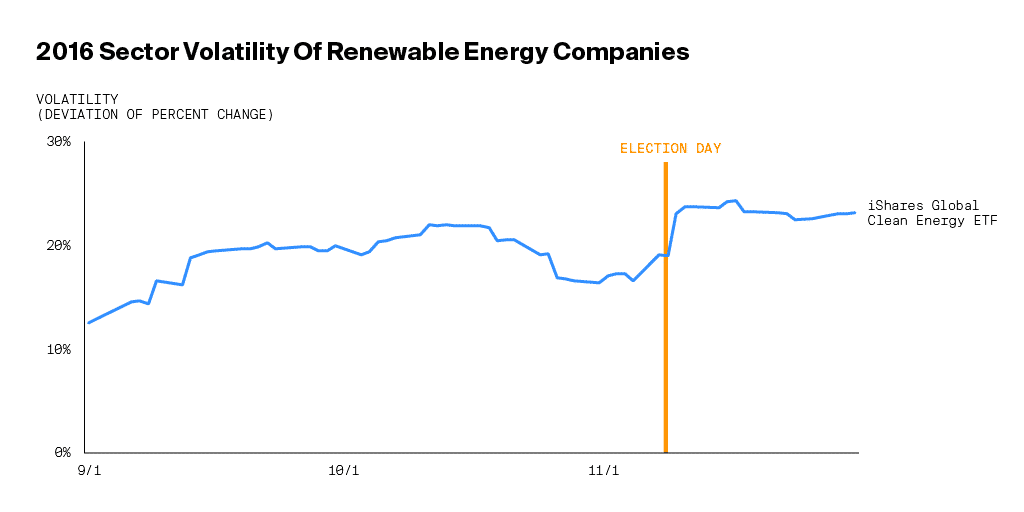2020 has been the year of the unconventional, and this year’s largely virtual Democratic and Republican conventions stayed on trend. Both conventions were mostly virtual, relying much more on pre-taped content than in years past, placing an emphasis on storytelling and showcasing everyday Americans from across the country. Despite the unprecedented format, both conventions stuck to campaign fundamentals—rallying their bases, playing up the candidates’ biographies, and engaging supporters as the campaigns move into the homestretch.
Overall ratings were down significantly from 2016, potentially reflective of the continuing decline in TV viewership and an increase in online viewers. Although President Donald Trump’s nomination acceptance speech closed the Republican convention with a RNC TV viewership high of 23.8 million, former Vice President Biden’s DNC acceptance speech viewership beat out the incumbent’s with 24.6 million people tuning in. In 2016, 32.2 million TV viewers watched President Trump’s speech, while Hillary Clinton’s nomination acceptance speech garnered 29.8 million viewers.
This doesn’t necessarily mean we will never see a convention like this again. The virtual format, and more dynamic experiences such as the DNC roll call from across the country, allowed a more personal experience. This was a welcome contrast from traditional conventions, where Americans have looked onto party insiders in funny hats milling about in massive arenas. While in-person events remain valuable for fundraising and building excitement, elements of the virtual format will likely impact party conventions going forward.
Aside from the obvious changes that the virtual conventions brought this year, contrasts on COVID-19, campaign personalities, and the convention endgames played into this year’s conventions.
Contrasts on COVID-19
The main issue of this year’s presidential election is the COVID-19 pandemic. But when it came to addressing the pandemic, the DNC and RNC were a tale of two very different conventions.
Through a completely virtual convention, candidates appearing in masks, and a lot of content about the pandemic, Democrats showcased themselves as the party of science. Speakers stressed the importance of listening to public health professionals and wearing masks. Biden and Harris both discussed how they would work to mitigate the pandemic on day one in office.
The Republican party, on the other hand, focused on putting the pandemic in the rearview mirror — regardless of what public health statistics say. Republican speakers spoke as if the pandemic was already over, with economic advisor Larry Kudlow referring to the pandemic in the past tense, and Vice President Mike Pence speaking with a woman whose small business was saved by the Paycheck Protection Program, without mentioning that the program shut down last month. This was underscored by President Trump’s acceptance speech on the South Lawn of the White House, complete with attendees sitting just inches away from each other, many not wearing masks.
It’s clear that Democrats and Republicans are making very different bets on the progress of the pandemic between now and November. As for which party made the winning wager, only time will tell.
Campaign Of Personalities
This year’s conventions focused heavily on the candidates behind the campaigns, not the policy issues themselves.
Though COVID-19 is still at the forefront of the election, speakers at the 2020 conventions concentrated their remarks on the vastly different characteristics and leadership abilities of Vice President Biden and President Trump. Character witnesses at the DNC talked about Vice President Biden as a principled leader with deep, bipartisan experience, while RNC speakers chose to highlight the president’s tough stance against foreign adversaries, China, and his business acumen making him the right candidate to lead America and continue his tenure in the nation’s highest office.
Deep policy issues were largely left out of the conversation at each convention. Similarly, we likely will not see the remainder of the presidential campaign season full of deep dives into the traditional policy areas: the economy and jobs; trade and foreign affairs; healthcare; and social issues. To be sure, the candidates will focus on the most important policy issues facing the country, namely the health and safety of the American public and a strong economic recovery. Take a look at Vice President Biden and President Trump’s respective campaign ads aired during each convention; most had to do with each candidate’s experience and attacks on his opponent. This year’s conventions followed suit, reflecting each campaign’s strategy to focus voters’ attention on the men running for president, not the policy issues. Though it is still early and two months remain before Election Day on November 3rd, the conventions largely foreshadowed the general election campaign strategy for both parties: forget policy, focus on the people.
Convention Endgames
Despite being virtual, the conventions largely hit their respective marks, albeit in different ways.
Democrats balanced their convention between their younger, more progressive ranks and their “old guard”—the long-time, more established Democratic flank. They even welcomed well-known Republicans to their party’s stage to appeal to the broader electorate, inviting former Ohio governor John Kasich and Cindy McCain, wife of late Republican Senator John McCain to speak to Vice President Biden’s character and willingness to get the job done. The vice presidential pick of Sen. Kamala Harris allowed Democrats to make the case against Trump. Others’ portrayal of Vice President Biden as an experienced, compassionate candidate enabled him to meet the high expectations placed on his acceptance speech, delivering what some regarded as the most important address of his political lifetime.
As for the Republicans, the RNC achieved the production value and enthusiasm they promised. Arranging the convention more like a television show, the GOP set a grandiose scene for its speakers, draping its ornate Andrew W. Mellon Auditorium stage in red, white, and blue bunting with American flags visible from all angles, playing to President Trump’s familiar arena setting. The GOP chose its speakers strategically, introducing more diversity than could be remembered in Republican conventions past, and focusing on a softer picture of President Trump throughout the last four years of his presidency. Not missing a chance to speak out against the president’s opponent, messaging on Vice President Biden took on his “too tough” stance on crime, while others spoke about his complacency in failing to condemn recent riots and looting. What some saw as inconsistent attacks, others viewed as “trademark Trump” capitalizing on weaker elements of his opponent’s campaign to energize the Republican base.
The real goal of this year’s party conventions was not to attract the most viewers, produce the best show, or even convince undecided voters. Ultimately, the goal was to energize the existing party base and get people ready to vote enthusiastically. For the most part, both parties catered to their respective bases and portrayed the candidates in the favorable ways their supporters see them. Though we’ve yet to unwrap our “October surprise,” the conventions are just the tip of the iceberg for the final two months of the campaign ahead.
If you would like to hear more, listen to our weekly podcast, the HPS Macrocast. We recently discussed the 2020 DNC and RNC on two episodes: Norm-Busting and Unconventional Convention.

